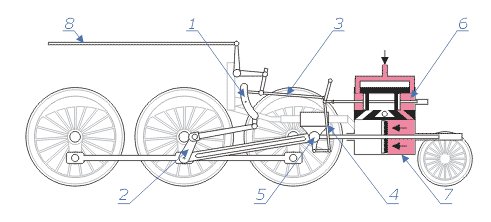Google Unveils Doppl App for Virtual Outfit Try-Ons: A New Era in Fashion

In a significant advancement in the realm of online shopping, Google Labs has launched a groundbreaking experimental application called ‘Doppl’. This innovative app allows users to virtually try on outfits before making a purchase, utilizing cutting-edge artificial intelligence and augmented reality technologies. The launch was announced on June 28, 2025, and is part of Google's ongoing efforts to enhance consumer experiences in the fashion industry.
Doppl builds on features first introduced through Google Shopping in May 2025, which enabled virtual try-on capabilities for billions of clothing items. The app allows users to upload photos or screenshots of clothing items and visualize how these outfits would look on a digital avatar that resembles them. This functionality not only facilitates personal style exploration but also aims to reduce the uncertainty often associated with online apparel purchases.
According to Google’s official statement, "Doppl harnesses AI-generated videos that animate static images, providing users with a dynamic and realistic visualization of how outfits might look and move." This feature addresses a significant gap in the online shopping experience, where seeing clothing on a live model can greatly influence purchasing decisions. Users can choose outfits spotted on social media, in stores, or shared by friends, and the app simulates these clothes on their animated likeness, offering a personalized shopping experience.
The app is available for download on both iOS and Android platforms in the United States. This initiative aligns with a broader trend in the retail sector where technology and fashion intersect, with companies increasingly investing in virtual fitting rooms and AI-driven shopping tools. Industry experts have noted that the integration of such technologies could potentially reshape consumer behavior in fashion retail.
Dr. Emily Chen, a researcher in Fashion Technology at the Massachusetts Institute of Technology (MIT), emphasized the potential implications of Doppl on the fashion industry. She stated, "Virtual try-on technologies like Doppl not only enhance the shopping experience but can also minimize return rates, which is a significant concern for retailers. By allowing consumers to visualize how clothing fits before purchasing, companies can reduce the environmental impact of returns and contribute to sustainable shopping practices."
The launch of Doppl also invites various perspectives from industry leaders. Mark Thompson, CEO of a prominent fashion e-commerce platform, remarked, "While innovations like Doppl are exciting, they also challenge existing retail models. Traditional retailers must adapt to these technological advancements or risk losing market share to more agile competitors."
Furthermore, the economic implications of such applications are vast. A report by the National Retail Federation (NRF) published in February 2025 indicated that the adoption of virtual fitting technologies could increase online apparel sales by as much as 30% over the next five years, as consumers become more comfortable with online shopping.
The international perspective on Doppl's launch also cannot be understated. As global markets look to integrate AI technologies into consumer experiences, companies outside the U.S. are closely monitoring the success of this app. For instance, European fashion brands have already begun exploring similar technologies, motivated by the potential for enhanced customer engagement and satisfaction.
In conclusion, Google’s Doppl app represents a significant leap forward in the intersection of technology and fashion retail. As consumers increasingly seek personalized shopping experiences, applications that offer virtual try-ons will likely become a staple in the fashion industry. Future iterations of Doppl may also explore additional features, such as augmented reality shopping experiences and social sharing capabilities, further integrating social media and fashion. The implications for consumer behavior, retail strategies, and sustainability are profound, and the industry will continue to evolve as these technologies develop.
Advertisement
Tags
Advertisement





